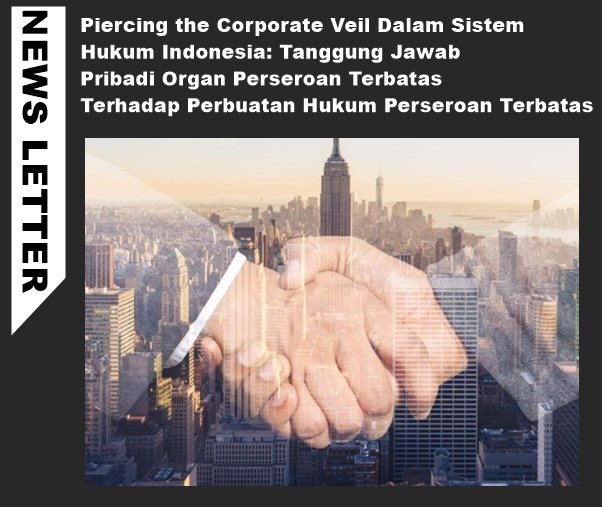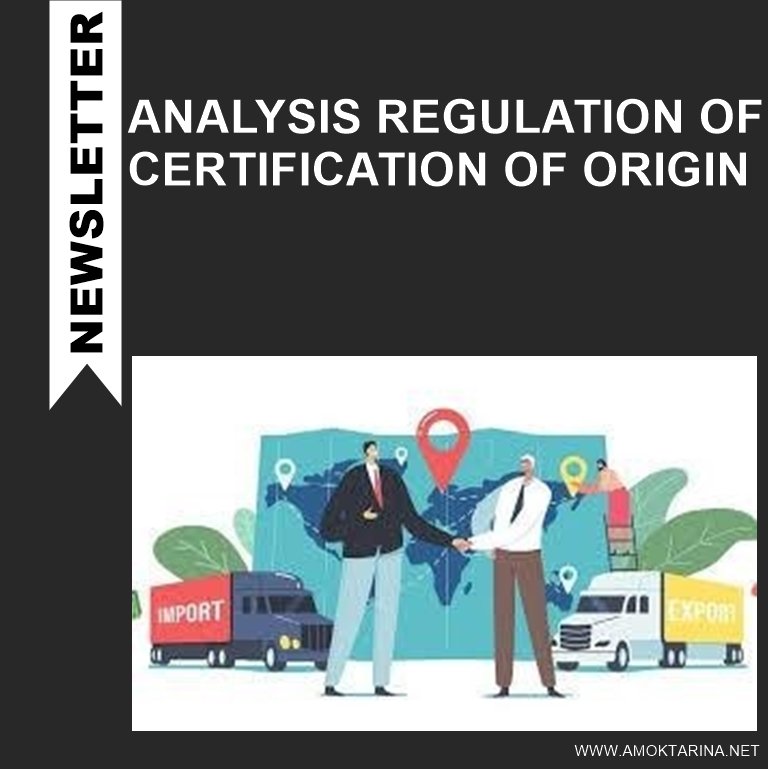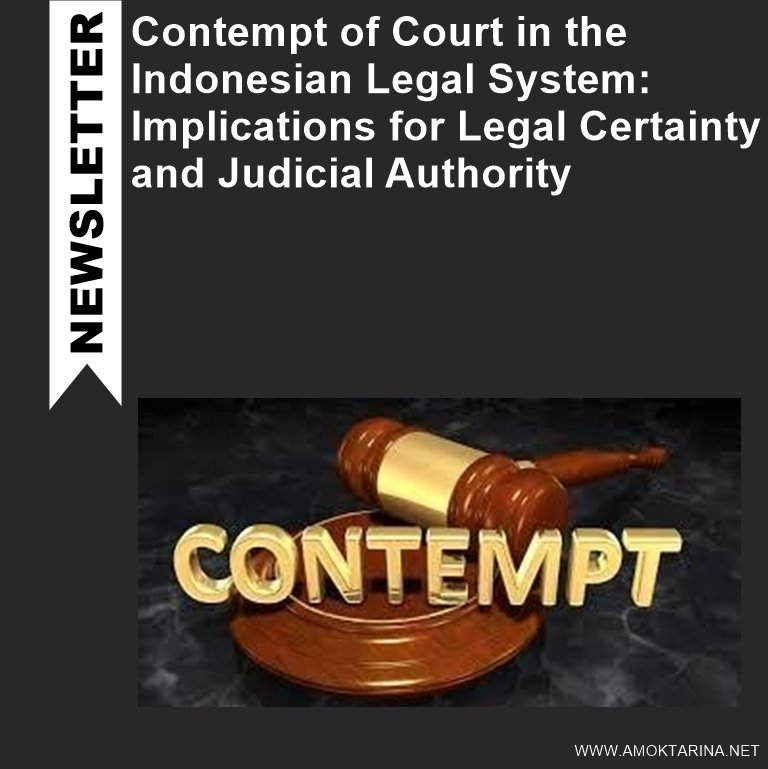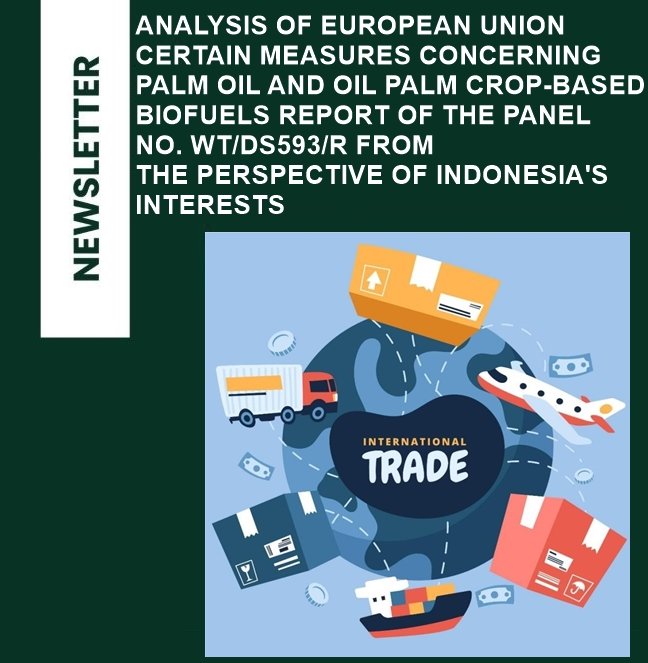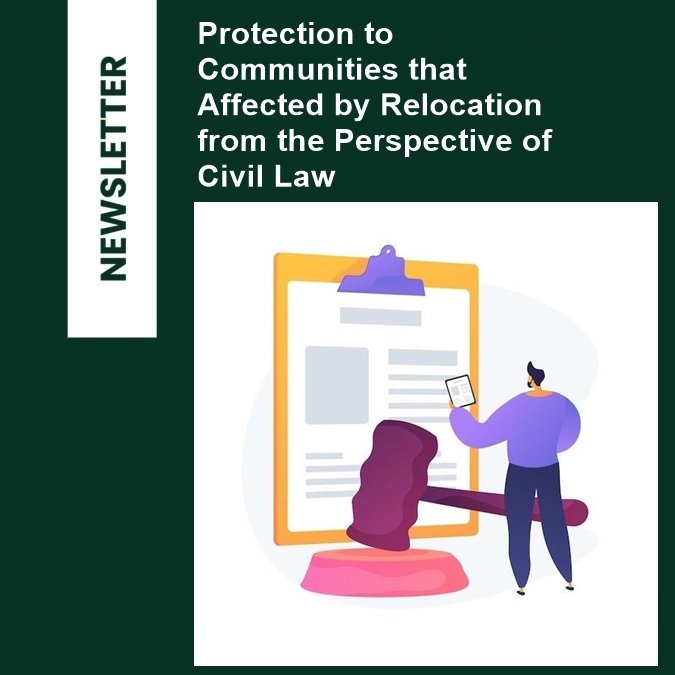Piercing the Corporate Veil in the Indonesian Legal System: Personal Liability of the Limited Liability
Contributor: Aflah Abdurrahim, S.H. Pramudya Yudhatama, S.H., C.L.A., Aiman Akbar Nasution, S.H. Reviewer: Noverizky Tri Putra Pasaribu, S.H., L.LM. (Adv). A. Background Perseroan Terbatas (PT) merupakan badan hukum yang berdiri sendiri dari pemilik dan pengurus perusahaan yang terpisah dari perseroan terbatas dan masih merujuk pada ketentuan tanggung jawab terbatas yang dimiliki oleh saham perseroan terbatas (limited liability) dan perusahaan merupakan sebuah entitas hukum terpisah A. Background Limited Liability Company (PT) is a legal entity that stands independently from its owners and company managers. It is separate from the limited liability company itself and adheres to the principle of limited liability inherent in the company’s shares. The company is a distinct legal entity from its directors, commissioners, and dari direktur, komisaris maupun pemegang saham (separated legal entity). Namun dalam perkembangan hukum di Indonesia, Prinsip limited liability maupun separated legal entity tidak berlaku mutlak sejak dikenal doktrin piercing the corporate veil, yang memungkinkan untuk mengabaikan pemisahan antara entitas pemegang saham, komisaris maupun direksi dengan entitas perseroan terbatas sebagai badan hukum dalam tindakan hukum tertentu. Kekebalan yang biasa dimiliki oleh pemegang saham, direksi dan komisaris karena tanggung jawabnya terbatas, dapat dibuka dan diterobos menjadi tanggung jawab tidak terbatas hingga kekayaan pribadi apabila terjadi pelanggaran, penyimpangan atau kesalahan dalam melakukan pengurusan perseroan terbatas. Di Indonesia penerapan prinsip piercing the corporate veil memang belum banyak ditemukan, namun eksistensi prinsip tersebut dapat dilihat dari beberapa kasus yang telah terjadi. Salah satu kasus yang menerapkan prinsip piercing the corporate veil dapat kita lihat dalam putusan Putusan MA No:89PK/Pdt/2010 yang menyatakan bahwa PT Effem Foods Inc (holding company) selaku pemegang saham bertanggung jawab atas perbuatan hukum PT Effem Indonesia (subsidiary company) terhadap PT Smak Snak (pihak ketiga) dan Putusan Mahkamah Agung Nomor: 863/PK/Pdt/2019 yang menyatakan bahwa PT. Bank Global Internasional Tbk beserta para organ diantaranya yaitu Direksi, Dewan Komisaris dan Pemegang Saham bertanggung jawab secara tanggung renteng untuk mengganti kerugian yang dialami para penggugat karena terbukti melakukan tindak pidana dengan menerbitkan reksadana fiktif dan memberikan informasi tidak benar yang langsung disampaikan oleh shareholders. However, in the development of law in Indonesia, the principles of limited liability and separate legal entity are not absolute due to the recognition of the doctrine of piercing the corporate veil. This doctrine allows the legal separation between shareholders, commissioners, and directors from the company as a legal entity to be disregarded in certain legal actions. The immunity typically enjoyed by shareholders, directors, and commissioners due to their limited liability can be lifted, exposing them to unlimited liability—including personal assets—when violations, deviations, or mismanagement of the company occur. In Indonesia, the application of the piercing the corporate veil principle is still rare, but its existence can be seen in several court cases. One example is Supreme Court Decision No: 89PK/Pdt/2010, which stated that PT Effem Foods Inc (holding company), as the shareholder, was held responsible for the legal actions of PT Effem Indonesia (subsidiary company) against PT Smak Snak (third party). Another example is Supreme Court Decision No: 863/PK/Pdt/2019, which ruled that PT Bank Global Internasional Tbk and its corporate organs—including Directors, Board of Commissioners, and Shareholders—were jointly liable to compensate the plaintiffs for proven criminal acts such as issuing fictitious mutual funds and providing false information directly conveyed by the bank’s director. So, what happens if shareholders, commissioners, or directors are held accountable for the legal actions of a limited liability company? Shouldn’t they be legally separated? In this article, we will explore how the piercing the corporate veil doctrine Direktur Bank Global . Bagaimana jadinya jika pemegang saham, komisaris ataupun direksi harus menanggung akibat dari perbuatan hukum perseroan terbatas? Bukankah seharusnya mereka terpisah secara hukum? Dalam artikel ini, kita akan membahas bagaimana doktrin piercing the corporate veil ini berlaku di Indonesia, serta sejauh mana holding company bisa ikut bertanggung jawab terhadap perbuatan hukum yamg dilakukan anak perusahaan. B. Legal Basis Kitab Undang-Undang Hukum Perdata (“KUH Perdata”) Undang-undang Nomor 40 Tahun 2007 Tentang Perseroan Terbatas (“UU PT”) Putusan Peninjauan Kembali Mahkamah Agung Republik Indonesia No: 89PK/Pdt/2010 (“Putusan MA 2010”) Putusan Mahkamah Agung Nomor: 863/PK/Pdt/2019 (“Putusan MA 2019”) Meskipun tidak diatur secara eksplisit dalam peraturan perundang-undangan di Indonesia, namun eksistensi doktrin piercing the corporate veil dapat ditemukan dalam peraturan perundang-undangan dan putusan pengadilan yang telah berkekuatan hukum tetap (inkrach van gewijsde) yang mana dengan kata lain adalah yurisprudensi, yaitu: UU PT Pasal 3 UU PT: 1) “Pemegang saham Perseroan tidak bertanggung jawab secara pribadi atas perikatan yang applies in Indonesia and to what extent a holding company can be held liable for legal actions carried out by its subsidiary. B. Legal Basis Indonesia Civil Code (“Civil Code”) Law Number 40 of 2007 concerning Limited Liability Companies (“Company Law”) Judicial Review Decision of the Supreme Court of the Republic of Indonesia No: 89PK/Pdt/2010 (“Supreme Court Decision 2010”) Supreme Court Decision of the Republic of Indonesia No: 863/PK/Pdt/2019 (Supreme Court Decision 2019”) Although not explicitly regulated in Indonesian legislation, the existence of the doctrine of piercing the corporate veil can be found in statutory regulations and court decisions that have permanent legal force (inkracht van gewijsde), which in other words constitute jurisprudence, namely: Company Law Article 3 of the Company Law: “Shareholders of the Company shall not be personally liable for any commitments made on behalf dibuat atas nama Perseroan dan tidak bertanggung jawab atas kerugian Perseroan melebihi saham yang dimiliki.” “Ketentuan sebagaimana dimaksud pada ayat (1) tidak berlaku apabila: persyaratan Perseroan sebagai badan hukum belum atau tidak terpenuhi; pemegang saham yang bersangkutan baik langsung maupun tidak langsung dengan itikad buruk memanfaatkan Perseroan untuk kepentingan pribadi; pemegang saham yang bersangkutan terlibat dalam perbuatan melawan hukum yang dilakukan oleh Perseroan; atau pemegang saham yang bersangkutan baik langsung maupun tidak langsung secara melawan hukum menggunakan kekayaan Perseroan, yang mengakibatkan kekayaan Perseroan menjadi tidak cukup untuk melunasi utang Perseroan.” Pasal 69 ayat 3 UU PT: “Dalam hal laporan keuangan yang disediakan ternyata tidak benar dan/atau menyesatkan, anggota Direksi dan anggota Dewan Komisaris secara tanggung renteng bertanggung jawab terhadap pihak yang dirugikan.” Pasal

